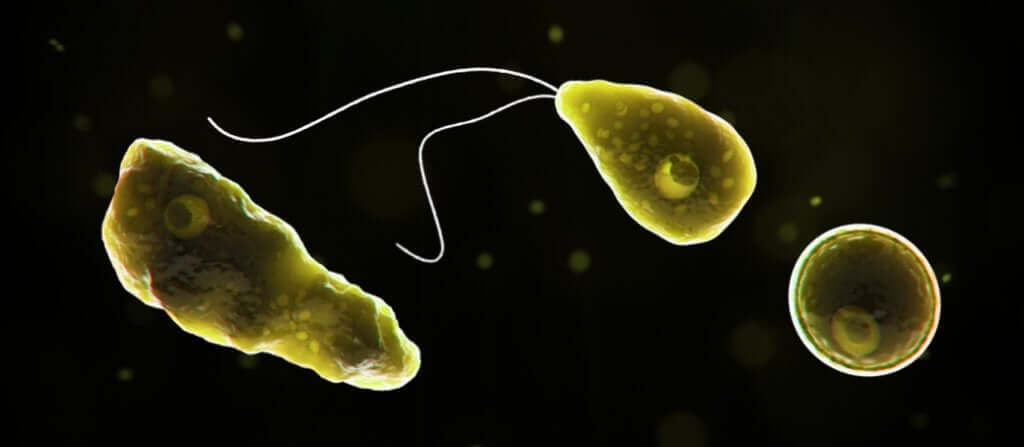Many of us have heard of brain-devouring amebas in the media. Newspapers eventually announce that a person has been infected, or even that a person has died after contracting this ameba that can result in death, but what is it?How can this affect us?
Knowing a little more about this ameba will give us an overview and let us know what we are exposed To The danger posed by brain-eating ameba requires an effort on our part as a society, especially when it comes to prevention in places where the threat is greatest and the chances of action are great.
- On the other hand.
- One of the objectives of this article is also to reduce social panic.
- Let’s learn a little more about the brain-eating ameba below.
The official name of the brain-eating ameba is: Naegleria Fowleri, belongs to the group of free protozoa for its ability to survive and replicate in the environment without the need for a host.
Fowler and Carter were the first to report the first case of primary amebian meningoencephalitis (MAP) in 1965 caused by Naegleria Fowleri.
The team at Fatima Petit (2006) points out that these are thermophilic amebas that grow very well in tropical and subtropical climates and are mainly found in warm and temperate freshwater.
This includes artificial lakes, ponds, untreated pools, rivers, hot springs and streams. They can also be reproduced in pipes, water heaters and water systems.
The ameba enters our body through the nose, when we dive into contaminated water, or when it comes into contact with our nose, the ameba enters through the nasal cavity and reaches the brain.
First, an infection occurs in the nasal mucosa that, as a result, is transmitted to the olfactory nerve and, through the crunchy leaf, reaches the olfactory bulbs of the central nervous system (CNS).
Once in the CNS, it causes inflammation and produces a release associated with toxic agents that cause significant tissue damage and necrosis. The destruction caused by this agent causes the breakage of the erythrhithic membrane and nerve cells in the area.
The population at risk in this case is usually children under the age of 12 and older, the immune system of children is still developing, so they are weaker, in the case of the elderly their defenses are weaker and more exposed to possible damage. of the ameba.
The incubation period varies between 2 and 8 days from the time the infection appears, the most common symptoms are fever, chills, headache, photophobia, confusion, seizures, positive Budzinski signal, positive Keming signal and even coma.
These symptoms give name to the disease known as primary amebian meningoencephalitis (MAP). Cases of abnormal heart rhythm and myocardial necrosis have also been detected.
The mortality rate is usually 95% and death can occur between 7 and 10 days after infection. Jacob Lorenzo, a parasite researcher at Laguna University, says the effects can be faster and the ameba can colonize the brain quickly, causing degradation. and patient death between 24 and 72 hours after contamination.
So far, prevention is in development. It’s hard to trace the presence of brain-eating ameba. However, we know that chlorinated water and salt water reduce their presence because it does not survive in these environments.
Therefore, even for the scariesnest, the beaches and pools treated should not be scary at all.
A preventive measure is to avoid exposure to fresh water such as lakes, rivers or dams, especially during the summer months. If you cannot avoid contact with these areas, it is recommended not to dip your head underwater to prevent them from eating your brain. afraid of entering the nasal passages. Instruments to cover them can also be useful.
Prevention is important in these cases, so water control is an attempt to prevent the proliferation of this ameba, another possible way to address the problem is to develop the search for new drugs that can fight the infection and new control systems to detect it as quickly as possible. Possible.
When the person is infected with brain-eating ameba, the treatment usually given is amphotericin B. Its effects are antibiotics, antifungals, antimicrobials and antiparasitics. Drugs such as fluconazole, miconazole, miltefosin, azithromycin and rifampicin are also included.
Lorenzo Morales says that the most important thing is to prevent the ameba from moving more, because if we don’t, the patient ends up dying in a few days.

